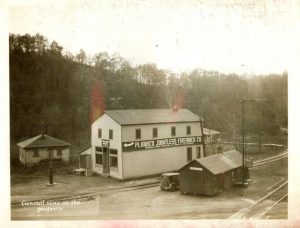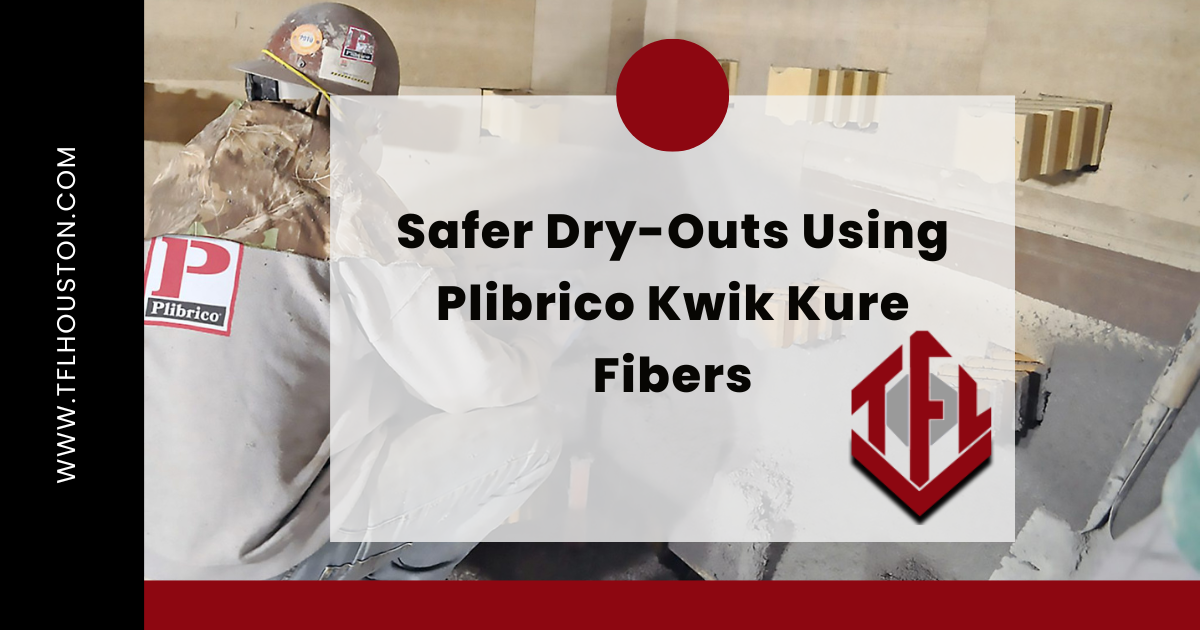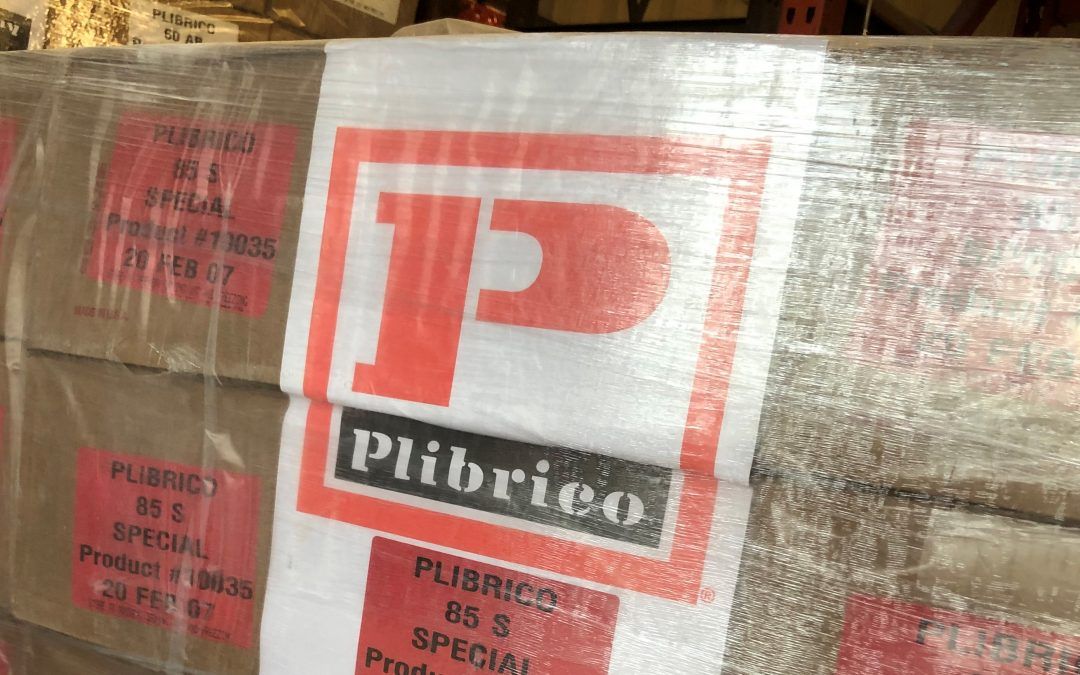3 Lessons Learned From Industrial Plant Fires
In March 2015, a fire broke out in SCHOTT North America’s Duryea glass plant causing more than $50 million in damage. Unfortunately for industrial plants that involve extremely high temperatures and flammable liquids or chemicals, such incidents are very real. The most common reasons for plant fires are electrical hazards, flammable materials, combustible dust, and heat-related work.
Plant fires can cause millions of dollars of damage and millions more in lost revenue. Here are 3 lessons learned from industrial disasters.
Click To Tweet
Preventing Industrial Plant Fires
About 37,000 fires occur at industrial and manufacturing properties each year, leaving billions of dollars in damage, causing injuries and in some cases, loss of life. Here are 3 lessons to take away from such devastating accidents:
- Inspections
- Maintenance
- Prioritize Safety
1) Inspections
Many industrial processes that use furnaces or other insulated vessels are lined with refractory insulation to protect the exterior metal from the high temperatures and caustic properties of the product. Over time, the lining deteriorates and must be replaced. An inspection of the structure should be undertaken when damage or wear is suspected. Additionally, routine inspections of the entire plant and all machinery and flammable or combustible substances used within it should be commonplace.
Pro Tip: A poorly maintained refractory lining can allow flames to escape the walls of an industrial furnace. Proper inspections and maintenance will eliminate this risk.
2) Maintenance
Heating and related equipment are a common source of industrial fire, in particular, furnaces that weren’t properly installed , operated, or maintained. Always follow the recommended maintenance procedures for all of the equipment and machinery in your plant. Not only does routine maintenance reduce your fire risk by preventing overheating, regular maintenance will also keep your equipment working.
3) Prioritize Safety
The importance of workplace safety in industrial plants cannot be overstated. Not only must the physical environment be kept clean and free of flammable debris, but employees must be aware of their surroundings and each other. They should be encouraged to report potential violations for immediate rectification.
A Safe Workplace
Even with all the precautions of inspections and routine maintenance, accidents will still happen in plants that deal in dangerous temperatures or substances. With vigilance and a proactive safety strategy, many similar situations will be avoided or lessened in severity.
Contact Us to learn more about refractory inspection, maintenance and repair.
The post 3 Lessons Learned From Industrial Plant Fires appeared first on Refractory Materials, Precast Shapes, and Custom Solutions.
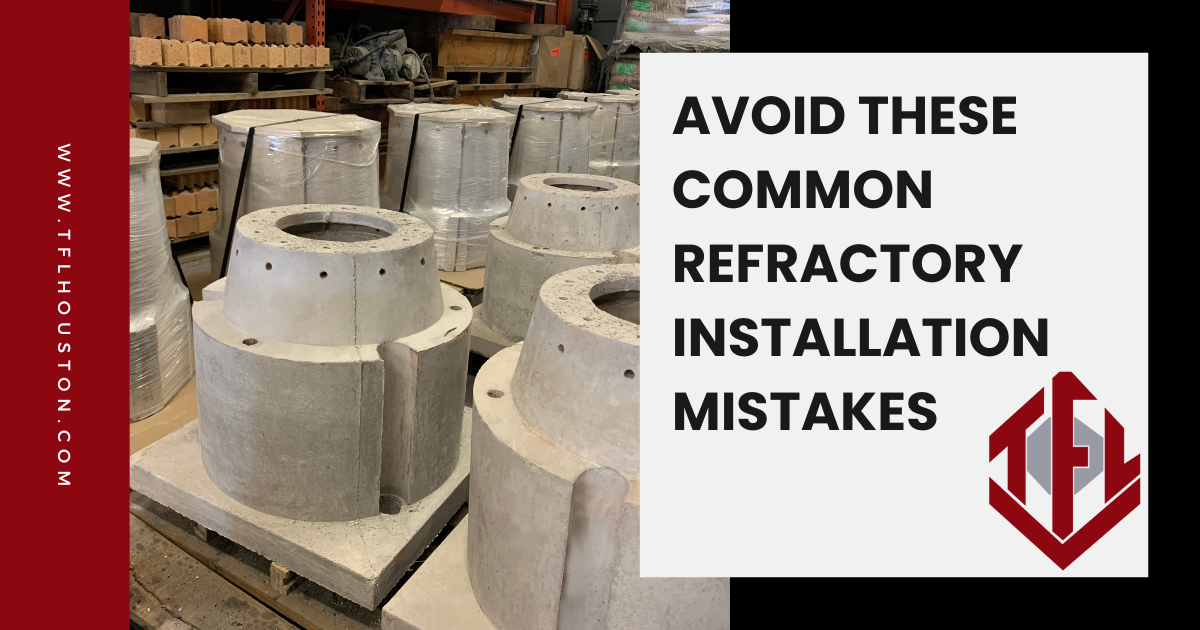
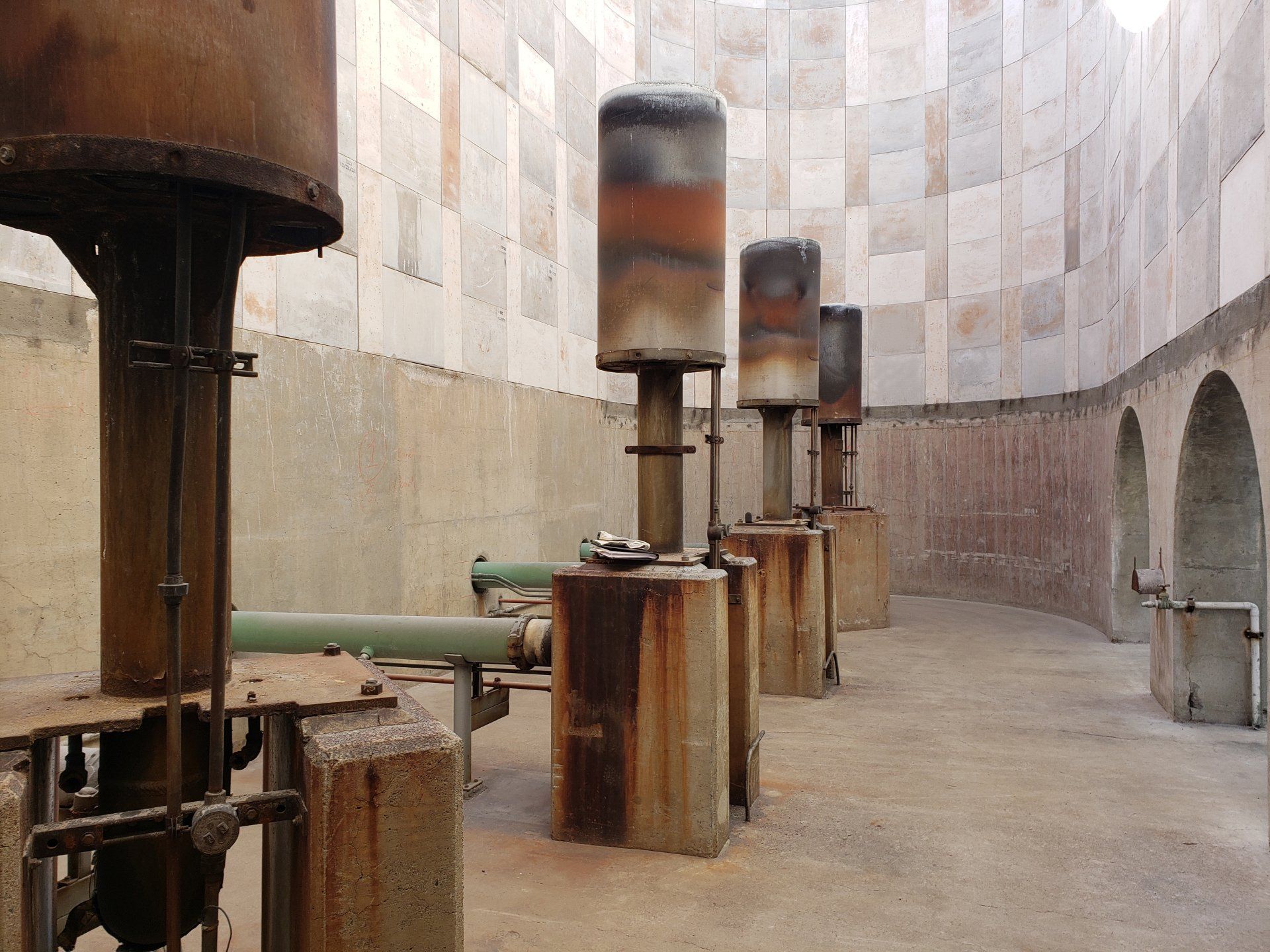
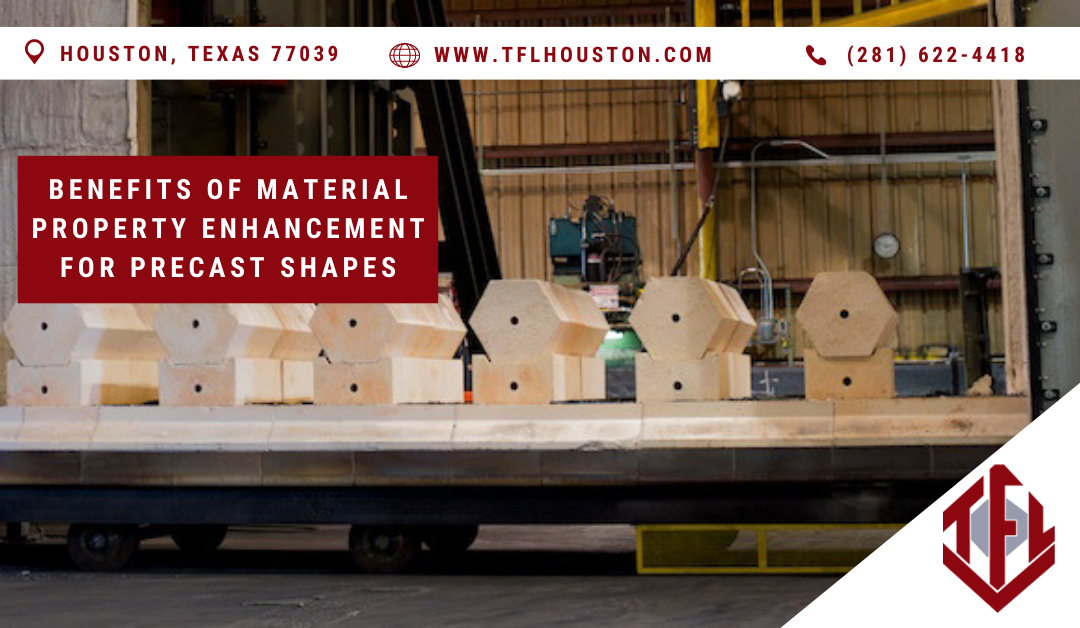


TFL Uses Custom Molding Techniques to Make Precast Refractory Shapes With Extremely Tight Tolerances
